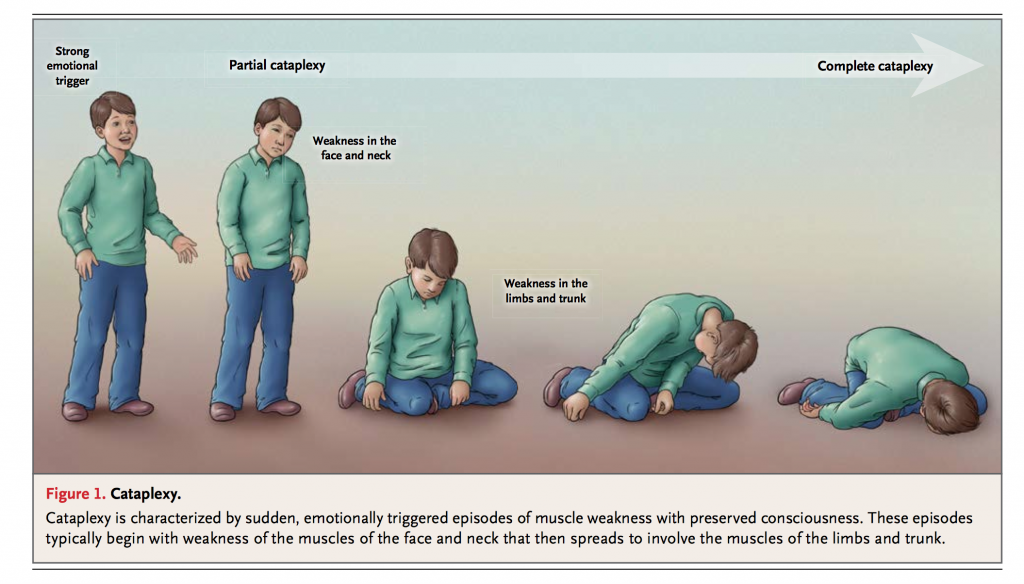

Type I is narcolepsy with cataplexy, which occurs in about 70 percent of all narcoleptics, and Narcolepsy is recognized as having two types: Even so, up to half of those surveyed in one study reported sustaining an injury as a direct result of a cataplectic episode.Ĭataplexy does not occur in all cases of narcolepsy. Usually, these people feel an episode coming and learn (or have learned) to sit or brace themselves in order to reduce falling and injury. On average, narcoleptics who suffer from cataplexy too have a handful of episodes every week. Some experience cataplexy no more frequently than once monthly, while others may have up to 20 episodes daily. Incidents of cataplexy are temporary and short-lived, but they can make life very difficult for the narcoleptics who must live with them. All muscle groups, except for certain muscles of the eyes and the diaphragm, can be affected by cataplexy. In the mildest cases, there might only be twitching of certain muscles. In some cases, the effects are even milder, and feel like some muscle groups are heavy and more difficult than usual to move. For some, only partialatonia (loss of muscle tone) occurs.Sometimes the knees give out, or the chin drops to the chest, or the jaw can sag, causing a slurring speech that is a result of atonia.

Not everyone who has an episode of cataplexy collapses to the ground.

However, cataplexy episodes are not sleep attacks: the person who has collapsed still retains consciousness they are unable to properly exert control over their muscles, held in a temporary state of sudden paralysis. Its important to point out that, during a cataplectic episode, the person having the episode may appear to collapse in what looks like a faint or what some describe as asleep attack. Maby Sound Sleep Health What is cataplexy?Ĭataplexy occurs in narcoleptics when the body experiences a sudden loss of voluntary muscle tone for a brief periodless than 2 minutes which is usually triggered by an emotional episode such as laughter, outrage, or sudden panic.


 0 kommentar(er)
0 kommentar(er)
